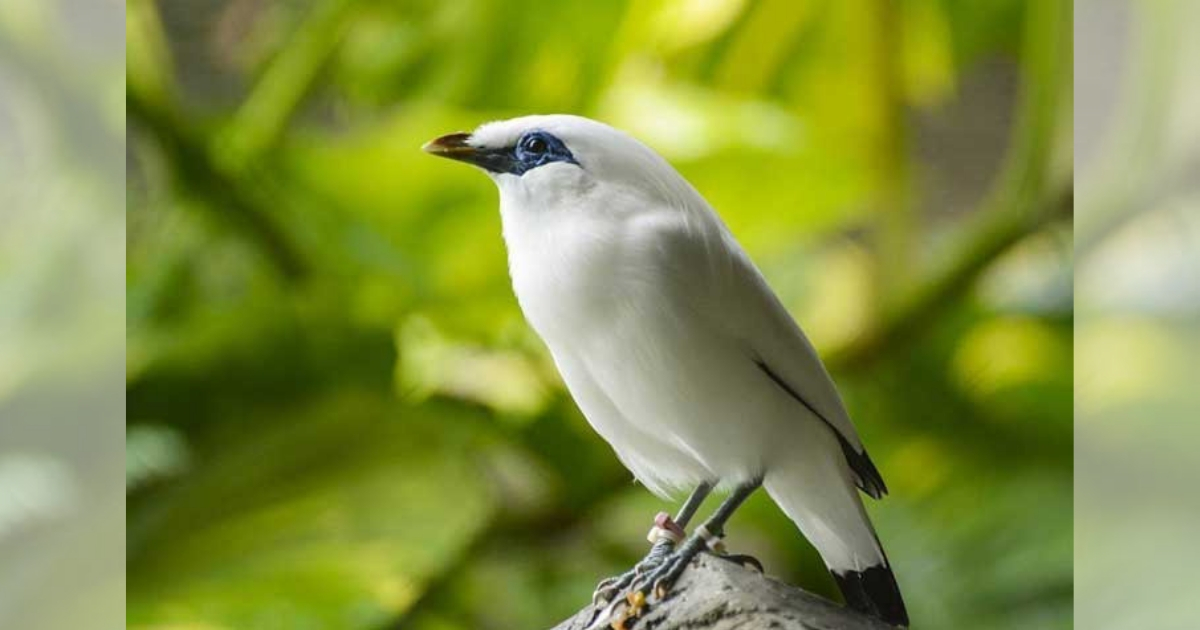Today, 40 Bali starlings, also known as Bali myna birds, were released into the wild from the Bali Safari and Marine Park conservation in Gianyar regency. The species, usually called Jalak or Curik Bali in Indonesian, is native to the island and one of its most iconic mascots.
Bali starlings are identified by their white feathers, black wings and tail tips, unique blue marks around their eyes, and long, spiky feathers on the tops of their heads.
The release ceremony was led by Bali Vice Governor Tjokorda Oka Artha Ardana, Bali Police Deputy Chief I Gede Alit Widana, West Bali National Park head Agus Ngurah Krisna, and the head of Bali Starling Preservation Association (APBC), Tony Sumampouw.
Tony said the 40 Bali starlings were obtained from Japanese and European animal associations in 2017. During captivity, the birds were trained to fly into the wild.
“The monitoring team will observe them in the morning and evening to see their situation in the wild. We’ll monitor them for three years, until they’re ready to breed,” Tony said today, as quoted by Kumparan.
The Bali starling is listed as critically endangered by the International Union for Conservation of Nature (IUCN).
Conservation officials in Bali say that, apart from natural factors, poaching of these birds has driven them close to extinction. Captured Bali starlings are usually sold for IDR15-20 million (US$1,056-1,408) each in the illegal wildlife blackmarket.
“To prevent [poaching or illegal wildlife trade], we use microchips. If someone caught them, we can prove [that they’re violating the law] to the police by scanning the chip. When the chip number appears, we can find out the bird’s data. The birds will also wear colored rings so the monitoring team can tell which one is which,” Tony said.
According to data from West Bali National Park, there are currently 191 Bali starlings in the wild and 280 in conservation captivity.
Bali starlings, which are native to the forests in the northwestern part of the island, were first discovered in 1910. The species was designated a symbol of the island-province in 1991. The species’ binomial name, Leucopsar rothschildi, was named after the British zoologist/ornithologist (bird expert) Lord Walter Rothschild, who first discovered the species.





Reader Interactions